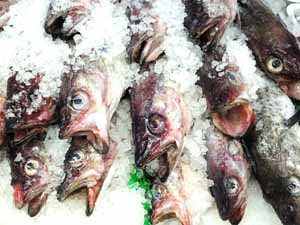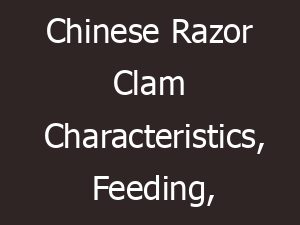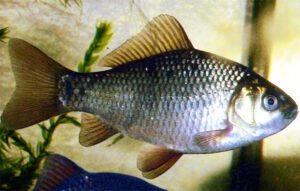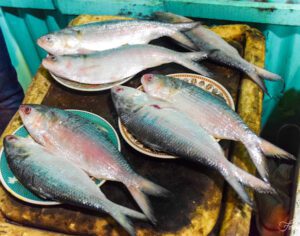The Pacific herring fish is a species of fish of the herring family associated with the Pacific Ocean environment of North America and northeast Asia.
The species is named for Peter Simon Pallas, a noted German naturalist and explorer. It is widely distributed along the Californian coast from Baja California north to Alaska and the Bering Sea. And is distributed south to Japan in Asia.
The Pacific herring fish is considered as a keystone species mainly because of it’s very high productivity and interactions with a large number of predators and prey.
The fish has great importance on both sides of the Pacific, but stocks depleted by overfishing in recent years.
The countries with largest catches were Russian Federation and Canada in 1999. Read some more information about this fish species below.
Pacific Herring Fish Characteristics
The Pacific herring fish has an elongated body and fairly slender. Their belly is rather rounded, and the scutes are without prominent keel.
They are generally silvery in coloration with unspined fins and a deeply forked caudal fin. They are dark blue to olive on their backs, shading to silver on the sides of the belly.
There are no distinctive dark spots on their body or fins. There is a single dorsal fin which is located middle of their body, and a deeply forked tail-fin.
They have no scales on heads or gills, unlike other genus members. But the scales over their body are large and easy to extract. Their interior is quite bony with oily flesh.
Average body length of the mature fish is around 33 cm, but they can reach a body length of around 45 cm. And average body weight of the mature fish is around 550 grams. Photo and info from Wikipedia.

Diet
The Pacific herring fish are generally feed on phytoplankton and zooplankton in nutrient-rich waters associated with oceanic upwelling.
The young fish are mainly feed on crustaceans (but also eat decapod and mollusk larvae). But the adults prey mainly on large crustaceans and small fishes.
Breeding
Sheltered bays and estuaries are proffered by the Pacific herring fish as spawning locations. Both adult males and females make their way from the open ocean to bays.
A single female can lay as many as 20,000 eggs in one spawn. The eggs are incubated for approximately 10 days in estuarine waters that are about 10 °C.
Uses
The Pacific herring fish are currently harvested commercially for bait and for roe.
They were used commercially for making fishmeal and oil in the past. They are also used for food.
Special Notes
The Pacific herring fish has been an important fish species historically, mainly due to it’s productive abilities to generate significant species biomass.
This fish has long been fished by First Nations on the Central Coast of British Columbia, and elsewhere. But the total North American Pacific herring fishery collapsed in 1993, due to overfishing.
Currently this fish is harvested commercially for bait and for roe. Past commercial uses included fishmeal and oil. However, review full breed profile of the Pacific herring fish in the table below.
| Name | Pacific Herring |
| Kingdom | Animalia |
| Phylum | Chordata |
| Class | Actinopterygii |
| Order | Clupeiformes |
| Family | Clupeidae |
| Genus | Clupea |
| Species | C. pallasii |
| Binomial Name | Clupea pallasii |
| Other Names | Also known by many different names in different parts of the world |
| Breed Purpose | Food, fishmeal, oil, bait, roe |
| Special Notes | Economically important fish species, found and popular throughout the world, long been fished by First Nations on the Central Coast of British Columbia and elsewhere, commercially harvested for bait or for roe, used for making fishmeal and oil |
| Weight | Can reach up to 550 grams live body weight |
| Breeding Method | Natural |
| Climate Tolerance | Almost all climates |
| Body Color | Silver |
| Rarity | Common |
| Availability | Worldwide |






